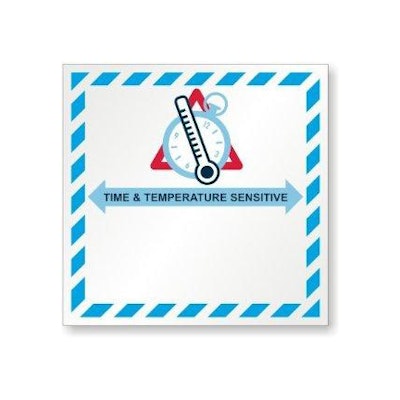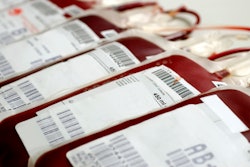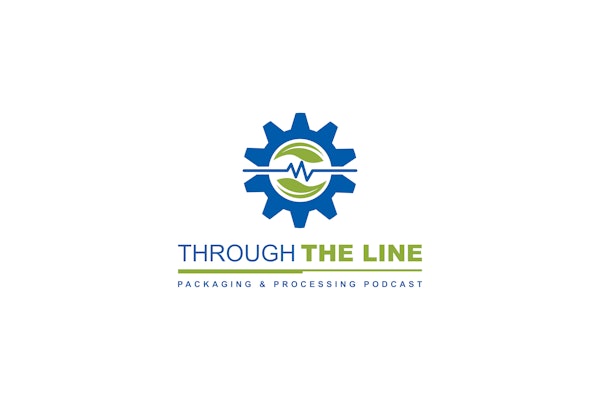
The Intl. Air Transport Assn. (IATA) started in 1945 and has more than 240 members representing 84% of global air cargo traffic.
On day one of Cool Chain Europe 2013 in Basel, Switzerland, Andrea Graf-Gruber discussed the global landscape for air carriers.
The pharmaceutical industry is counting on air travel more and more, with speed and on-time delivery key factors. Interestingly enough, air cargo accounts for 35% of value of shipped goods, but only .5% of volume. Think small, but very expensive items like drugs!
IATA preaches a safe, secure, reliable, efficient, and profitable air cargo supply chain, but there are many challenges that need to be addressed.
Not only is IATA challenged to provide a carbon footprint for “green” concerns, but also safety challenges, as well due to mis-declared or wrongly marked goods.
There needs to be less paper as well, a problem being tackled with a new electronic airway bill.
Airport operations and ground handling remain a problem. Do airport personnel and ground handlers understand the nature of time and temperature-sensitive materials when there is a weather or mechanical delay?
A new label was introduced in July 2012 due to a plethora of labels roaming the globe. Graf-Gruber stressed than much else has to be done, but the correct standardized label is an important start in the process.
A poll taken between August and October last year of 180 stakeholders in 59 countries revealed that 61% of airlines, ground handlers, shippers, etc., had implemented the label, but 39% have not—for a wide variety of reasons. More education is needed.
Ground handlers do not have an understanding of temperature-monitoring devices—how and where they are used and the wide variety of types available. IATA has established a working group to set up a compliance audit, not to punish but to show the value and benefits of compliance.
An audience member from J & J, discussing thermal mapping requirements, asked if IATA could help with temperature mapping of aircraft cargo holds and ground storage facilities. Graf-Gruber was very open to the discussion.
“Service providers have to help industry meet regulatory requirements,” Alan Davis of J & J told me after the presentation. Davis is J & J’s Supply Chain Temperature Control Leader based in Skillman, NJ. “There is no way we can get through all we have to without their help.”





















